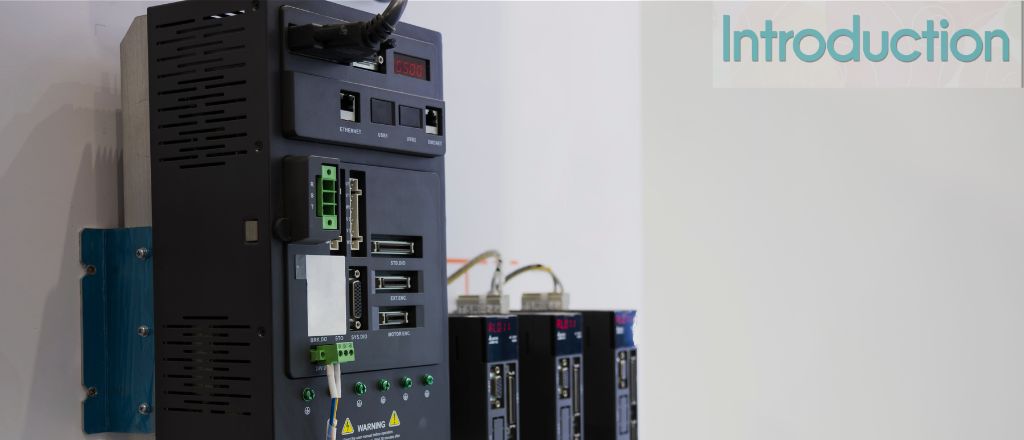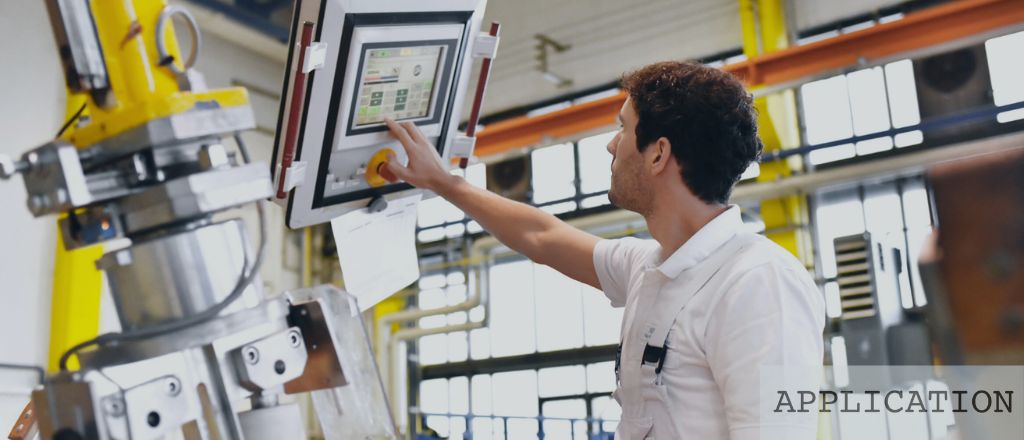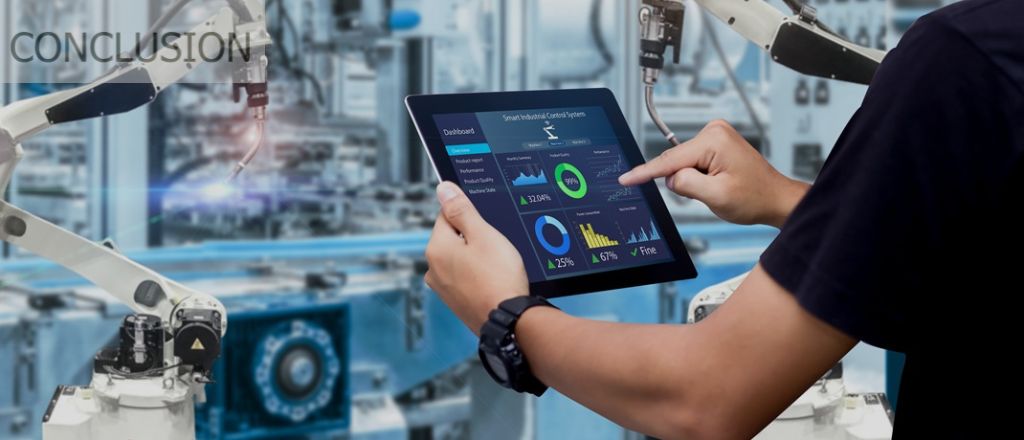A programmable PLC (Programmable Logic Controller) is an industrial digital computer used to automate specific processes or machines in manufacturing or other industries, by executing a programmed set of instructions.
Introduction to Programmable PLCs

Definition of Programmable PLC
A Programmable Logic Controller (PLC) is a digital computer designed for industrial automation. Engineers and technicians use it to monitor input devices, process logical operations, and control output devices. PLCs function effectively in challenging environments, such as factories or plants, and optimize real-time applications. Their hardware and software precisely control machinery, processes, and systems.
PLCs are the backbone of modern industrial control systems. They execute predefined programs stored in their memory to make decisions based on input conditions. These decisions trigger specific actions through output devices like motors, valves, or alarms. This capability makes them indispensable for reliability, efficiency, and safety industries.
Key Features of Programmable PLCs
Programmable PLCs offer a range of features that make them ideal for industrial use
- Programmability: Users can program the PLC with ladder logic, structured text, or function block diagrams, allowing for flexibility in application development.
- Modularity: PLCs can be scaled with additional input/output (I/O) modules to handle increased system complexity.
- Rugged Design: Manufacturers design these devices to withstand harsh industrial conditions, including extreme temperatures, vibrations, and electrical noise.
- Real-Time Operation: PLCs process and respond to real-time inputs, ensuring minimal delay in critical operations.
- Reliability: Designed for 24/7 operation, PLCs maintain high uptime, which is essential for industrial processes.
- Communication Capabilities: Modern PLCs support protocols such as Ethernet/IP, Modbus, and Profibus, enabling seamless integration into industrial networks.
Interviewer: Trevor, can you explain why the rugged design of PLCs is so essential?
Trevor Blevins: Absolutely. Industrial environments can be unforgiving, with heat, dust, and constant vibrations. A PLC must endure these conditions without malfunctioning. Imagine a steel plant where the machinery runs 24/7. If the controller fails because it can't handle the heat or electrical noise, the whole operation halts, leading to massive losses. The ruggedness of a PLC ensures it keeps performing reliably, no matter the circumstances.
Applications of Programmable PLCs

Uses in Automation and Process Control
Programmable control devices play a central role in automation and process control. Industries rely on these technologies to automate repetitive tasks, enhance precision, and reduce human intervention. Some typical applications include:
- Manufacturing: Control devices manage assembly lines, robotic arms, and material handling systems, ensuring synchronized operations and minimizing production errors.
- Energy Sector: Power plants utilize these devices to monitor and control generators, turbines, and transmission systems, maintaining energy efficiency and grid stability.
- Water Treatment: Control devices automate water treatment plants by managing pumps, valves, and filtration processes, ensuring consistent water quality.
- Food and Beverage: These controllers manage sorting, mixing, and packaging processes, meeting strict hygiene and safety standards.
- Automotive: In the automotive industry, control devices manage robotic welders, paint systems, and engine testing setups.
- Building Automation: Control devices regulate HVAC systems, lighting, and elevators in commercial and residential buildings, optimizing energy consumption.
Interviewer: Trevor, could you give us a real-world example of these devices in action?
Trevor Blevins: Sure thing. In the automotive industry, for example, programmable devices control robotic welders on production lines. These robots need precision and timing to weld car frames efficiently. A controller ensures that each robot performs its task perfectly synchronously, reducing errors and maintaining production speed. Without these technologies, such precision would be impossible to achieve.
The Advantages of Programmable PLCs in Industry
Industries benefit from these control technologies in several ways:
- Flexibility: These devices can be reprogrammed and adapted to new processes, making them ideal for industries with evolving needs.
- Cost-Efficiency: Automation reduces operational costs by lowering labour requirements and minimizing errors.
- Scalability: Modular designs allow businesses to expand or modify their setups without overhauling the entire configuration.
- Precision and Accuracy: These technologies execute tasks with unparalleled precision, ensuring consistent product quality.
- Safety Enhancements: Built-in safety features like emergency stops and fault diagnostics reduce workplace hazards.
- Ease of Maintenance: Technicians can quickly diagnose and resolve issues using integrated diagnostic tools, minimizing downtime.
Interviewer: What's the most considerable advantage these technologies bring to modern industries?
Trevor Blevins: If I had to pick one, it's their flexibility. In industries where processes change frequently, like consumer electronics, these devices shine. You can reprogram them for new tasks instead of replacing hardware. Reprogramming saves time and money while keeping the business agile.
Conclusion

Programmable control devices have revolutionized industrial operations with their robust design, flexibility, and reliability. These tools ensure seamless automation, precise process control, and efficient resource utilization across various industries.
Interviewer: Trevor, any final thoughts on these devices and their impact?
Trevor Blevins: Programmable control devices are the unsung heroes of the industry. They keep everything running smoothly, from factories to power grids. As industries embrace innovative technologies, these devices will evolve further, becoming more interconnected and intelligent. Investing in them is investing in a future of efficiency and innovation.
Adopting these devices is a step toward modernization and a commitment to enhanced productivity and safety.
Frequently Asked Questions
Yes, a PLC can be programmed using specialized software to automate processes, control machines, and handle tasks based on inputs, outputs, and predefined logic.
The three types of PLC are:
- Compact PLC: A single integrated unit with limited input/output.
- Modular PLC: A flexible system with separate modules for various functions.
- Rack-mounted PLC: A larger system designed for complex processes with a rack-based architecture.
Programming a PLC involves creating a set of instructions or logic (typically using languages like ladder logic) that the PLC will execute to automate specific tasks, control machinery, or monitor industrial processes.

